The volume-regulated anion channel LRRC8C suppresses T cell function by regulating cyclic dinucleotide transport and STING-p53 signaling
- PMID: 35105987
- PMCID: PMC8991407
- DOI: 10.1038/s41590-021-01105-x
The volume-regulated anion channel LRRC8C suppresses T cell function by regulating cyclic dinucleotide transport and STING-p53 signaling
Abstract
The volume-regulated anion channel (VRAC) is formed by LRRC8 proteins and is responsible for the regulatory volume decrease (RVD) after hypotonic cell swelling. Besides chloride, VRAC transports other molecules, for example, immunomodulatory cyclic dinucleotides (CDNs) including 2'3'cGAMP. Here, we identify LRRC8C as a critical component of VRAC in T cells, where its deletion abolishes VRAC currents and RVD. T cells of Lrrc8c-/- mice have increased cell cycle progression, proliferation, survival, Ca2+ influx and cytokine production-a phenotype associated with downmodulation of p53 signaling. Mechanistically, LRRC8C mediates the transport of 2'3'cGAMP in T cells, resulting in STING and p53 activation. Inhibition of STING recapitulates the phenotype of LRRC8C-deficient T cells, whereas overexpression of p53 inhibits their enhanced T cell function. Lrrc8c-/- mice have exacerbated T cell-dependent immune responses, including immunity to influenza A virus infection and experimental autoimmune encephalomyelitis. Our results identify cGAMP uptake through LRRC8C and STING-p53 signaling as a new inhibitory signaling pathway in T cells and adaptive immunity.
© 2022. The Author(s), under exclusive licence to Springer Nature America, Inc.
Conflict of interest statement
Competing interests
S.F. is a cofounder of CalciMedica; the other coauthors declare no conflict of interest.
Figures
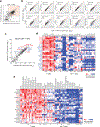




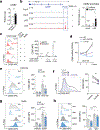
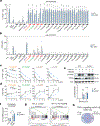
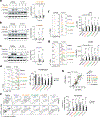


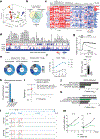

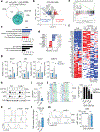

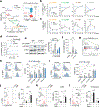

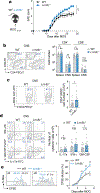

Comment in
-
An anion channel for cyclic dinucleotides in T cells.Nat Immunol. 2022 Feb;23(2):157-158. doi: 10.1038/s41590-021-01118-6. Nat Immunol. 2022. PMID: 35105986 No abstract available.
References
Publication types
MeSH terms
Substances
Grants and funding
LinkOut - more resources
Full Text Sources
Molecular Biology Databases
Research Materials
Miscellaneous

